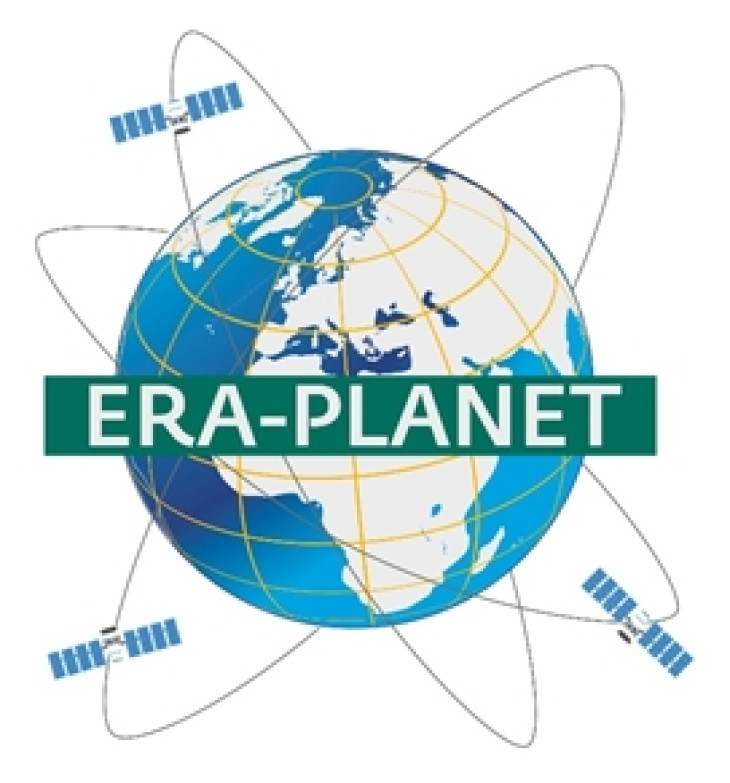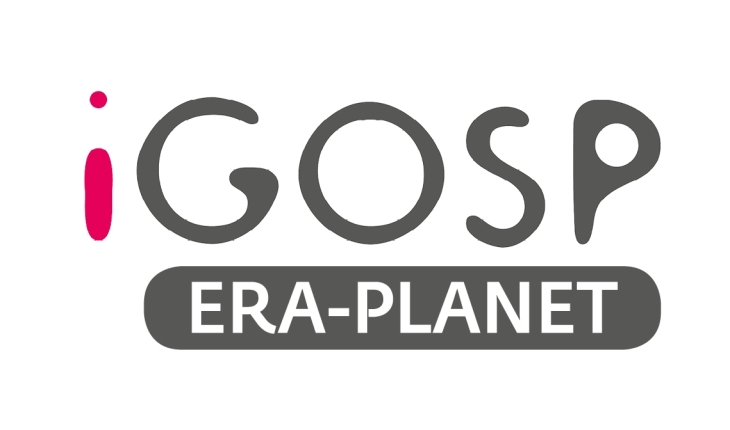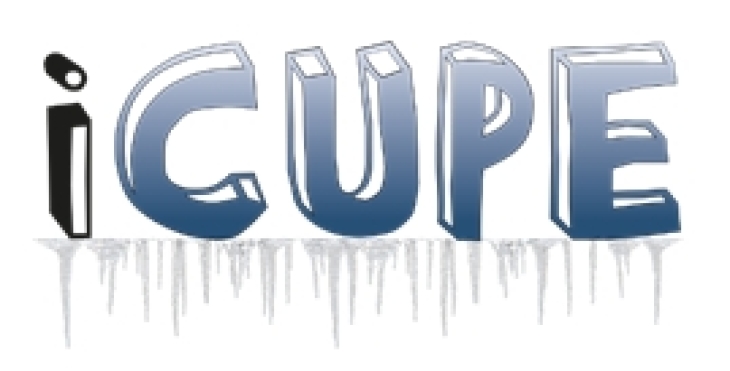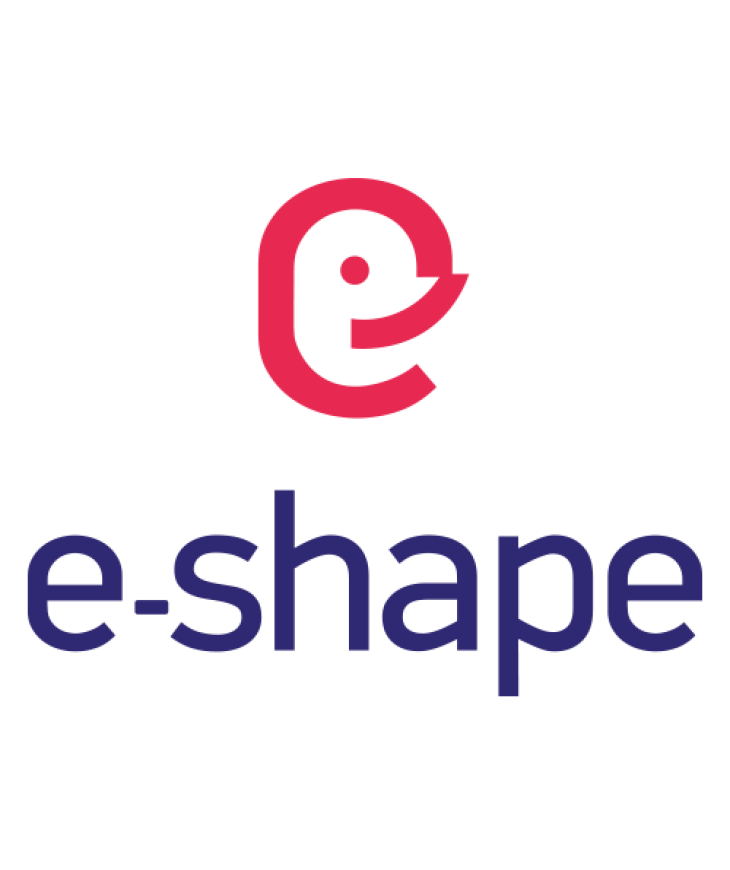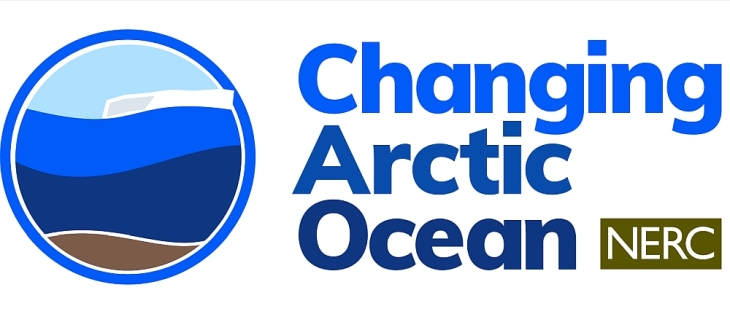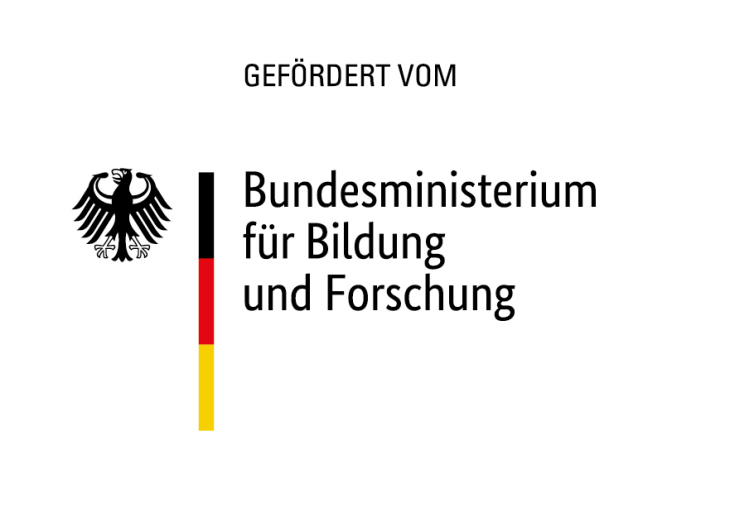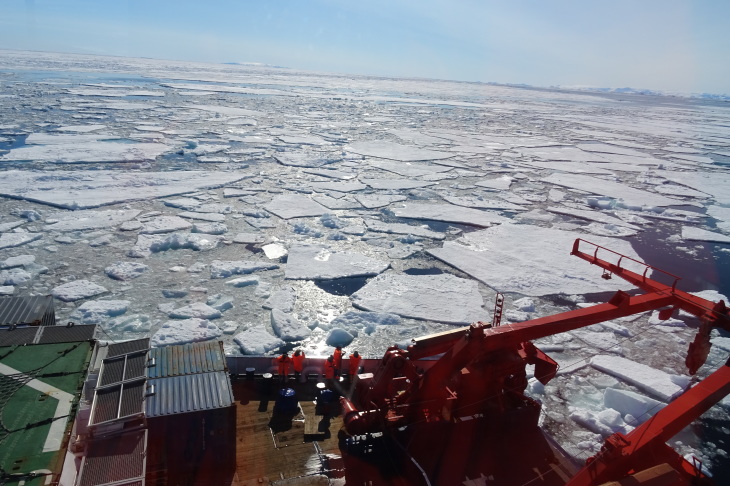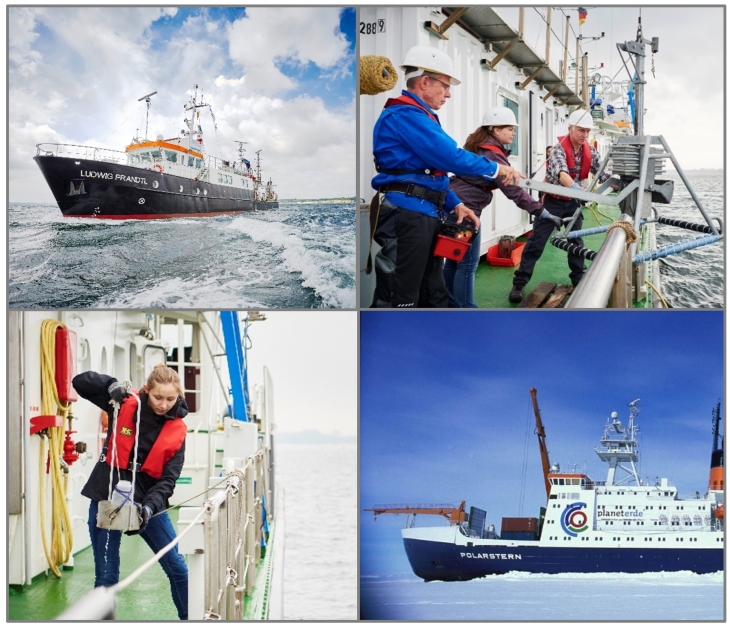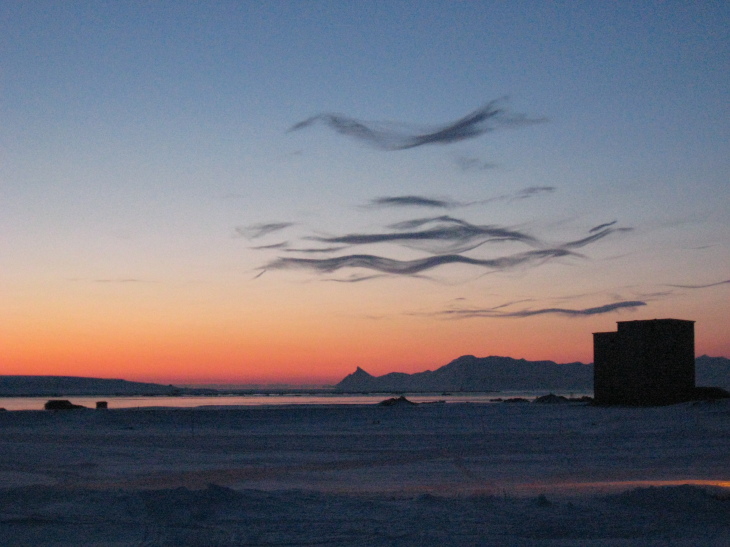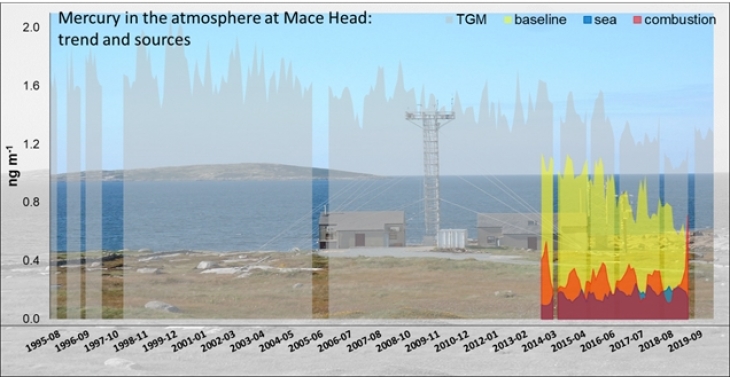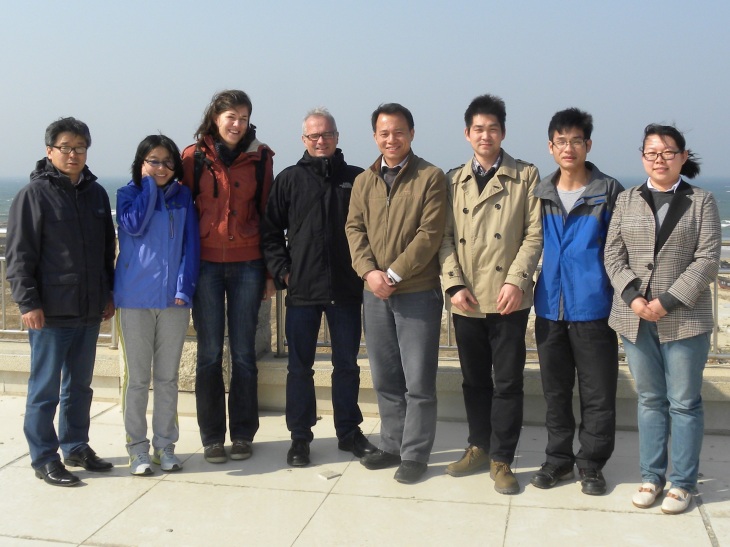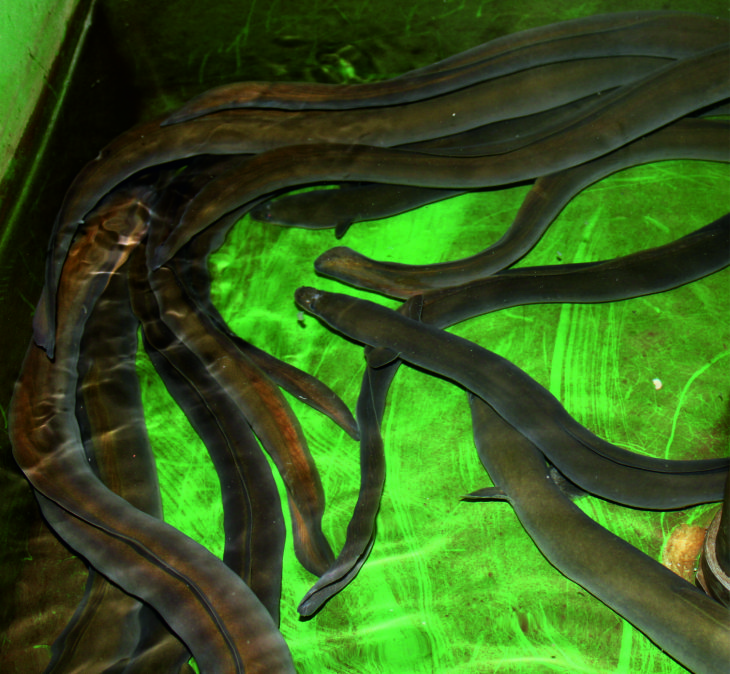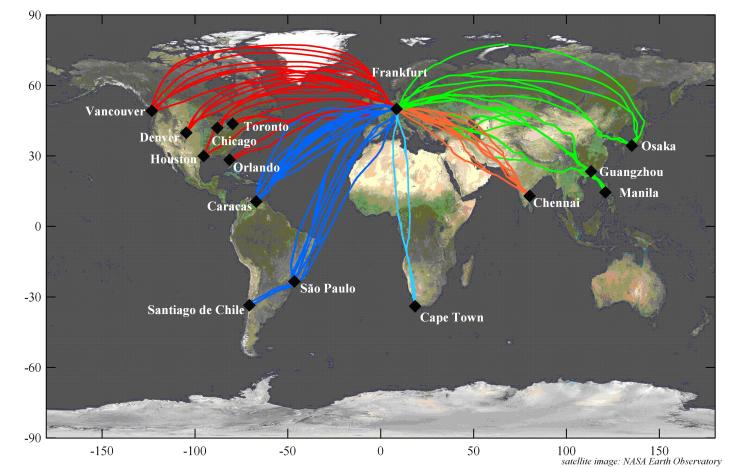Forschungsaktivitäten
Forschungsaktivitäten
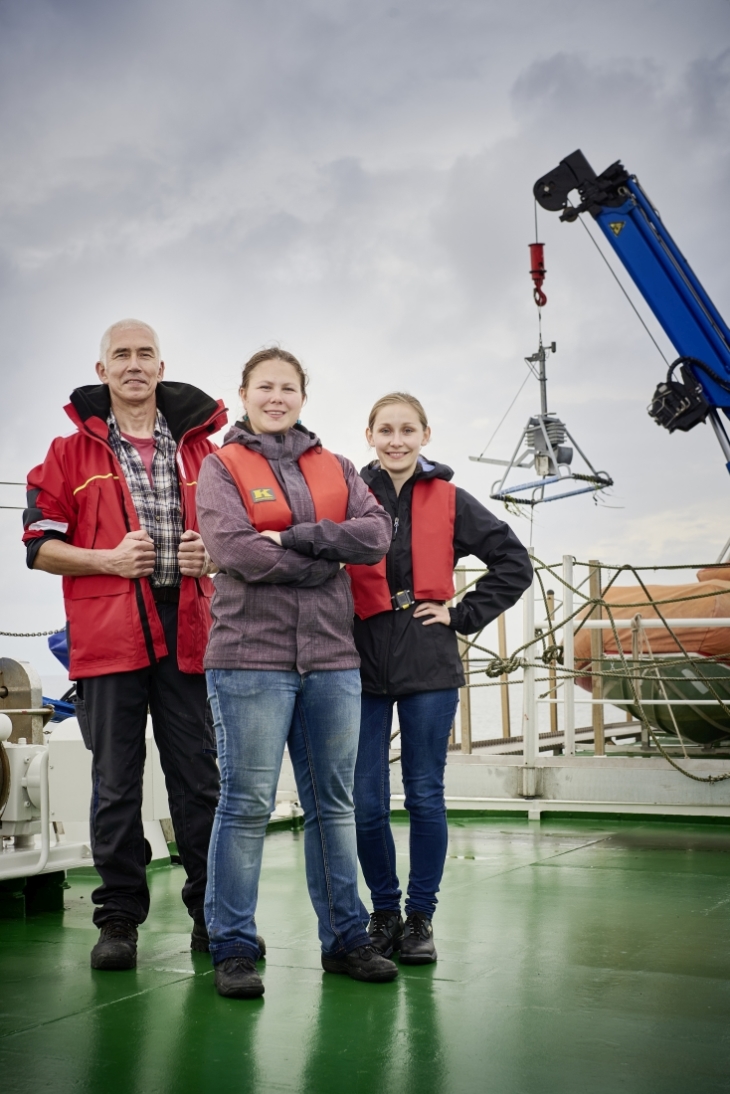
Expedition auf der Nordsee (Foto: Hereon/Christian Schmid)
Die küstennahe Umwelt ist das Bindeglied zwischen Land und Meer und somit die Eingangspforte für Schadstoffe in die marine Nahrungskette. Dies gilt insbesondere für lang-lebige Schadstoffe (POPs) aber auch für Ersatzstoffe, die für verbotene Substanzen auf den Markt kommen, die sogenannten „neuartigen Problemstoffe“. Einige haben ähnliche oder sogar noch problematischere Eigenschaften und es stellt sich durch wissenschaftliche Arbeiten heraus, dass sie als Ersatzstoffe für ihre verbotenen Vorläufer im Sinne des Meeres-Umweltschutzes nicht geeignet sind. Ein grundsätzliches Problem ist, dass die Verfügbarkeit von wissenschaftlichen Daten über neuartige Schadstoffe in der küstennahen, marinen und polaren Umwelt sehr gering ist, siehe hierzuDie küstennahe Umwelt ist das Bindeglied zwischen Land und Meer und somit die Eingangspforte für Schadstoffe in die marine Nahrungskette.
Dies gilt insbesondere für lang-lebige Schadstoffe (POPs) aber auch für Ersatzstoffe, die für verbotene Substanzen auf den Markt kommen, die sogenannten „neuartigen Problemstoffe“. Einige haben ähnliche oder sogar noch problematischere Eigenschaften und es stellt sich durch wissenschaftliche Arbeiten heraus, dass sie als Ersatzstoffe für ihre verbotenen Vorläufer im Sinne des Meeres-Umweltschutzes nicht geeignet sind. Ein grundsätzliches Problem ist, dass die Verfügbarkeit von wissenschaftlichen Daten über neuartige Schadstoffe in der küstennahen, marinen und polaren Umwelt sehr gering ist, siehe hierzu
World Ocean Assessment der United Nations
Unsere Arbeiten konzentrieren sich auf das Vorkommen, Quellen, Verbreitungswege und Verbleib dieser anthropogenen Schadstoffe in küstennahen, marinen und polaren Gebieten.
Unser analytisches Spektrum umfasst zur Zeit mehr als 300 individuelle Schadstoffe, wie zum Beispiel Poly- und Perfluorierte Substanzen, alternative Flammschutzmittel, UV-Stabilisatoren, Pharmazeutika und Kosmetikadditive sowie eine Vielzahl von Pestiziden.
EU-funded Projects

The SPRINT-project aims to develop a Global Health Risk Assessment Toolbox to assess impacts of Plant Protection Products (PPPs) on environment and human health and to propose several transition pathways. The SPRINT project will make an internationally valid contribution to assess integrated risks and impacts of pesticides on environment and human health, both at regional and European level. SPRINT will inform and accelerate the adoption of innovative transition pathways towards more sustainable plant protection in the context of a global health approach.
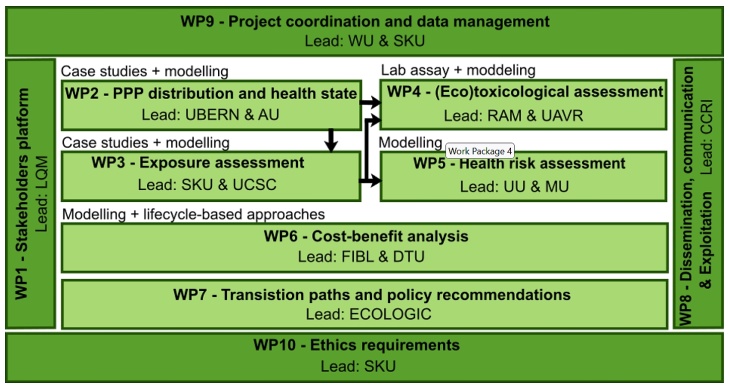
Schematic picture of SPRINT's workpackage structure
Hereon is partner in the project and conducts sampling and chemical analysis with focus on atmospheric transport of plant protection products (PPPs) to off-target areas as a contribution to WP2. PPP concentrations are analysed in the particulate and gaseous phase of the air. The results will contribute to transport modelling and human and environmental risk assessment conducted in WP3 of the project.
https://sprint-h2020.eu/
Innovative Training Network GMOS-TRAIN
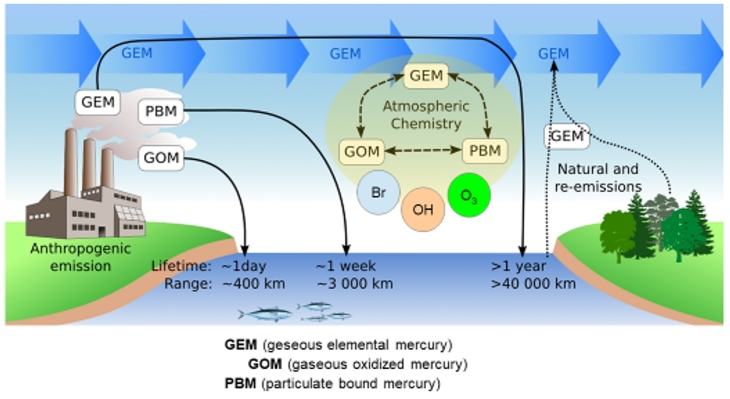
Schematic picture by Johannes Bieser/Hereon
GMOS-TRAIN is a European training network, which includes fifteen doctoral candidates from ten institutions, that aims to improve our understanding of the global mercury cycle and to support the implementation of the Minamata Convention. In the course of the “Innovative Training Network” (ITN), fifteen ESRs (early stage researchers) at ten institutions will be trained in the fields of atmospheric and oceanic mercury analytics and modelling. Two of them will work at Hereon. In addition, six further network doctoral candidates will at times be guests at Hereon. Some aspects of GMOS-TRAIN include developing new measurement technologies, determining reaction rates, and modelling global transport and accumulation along the food chain.
https://www.gmos-train.eu/

